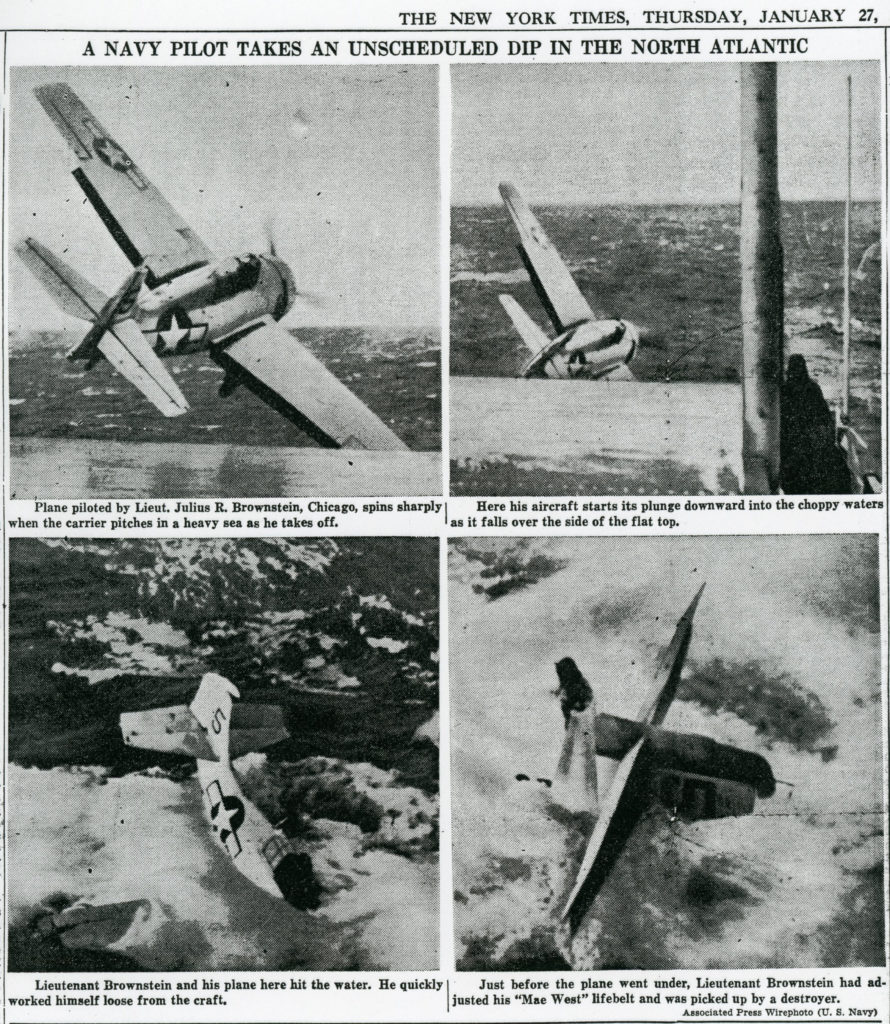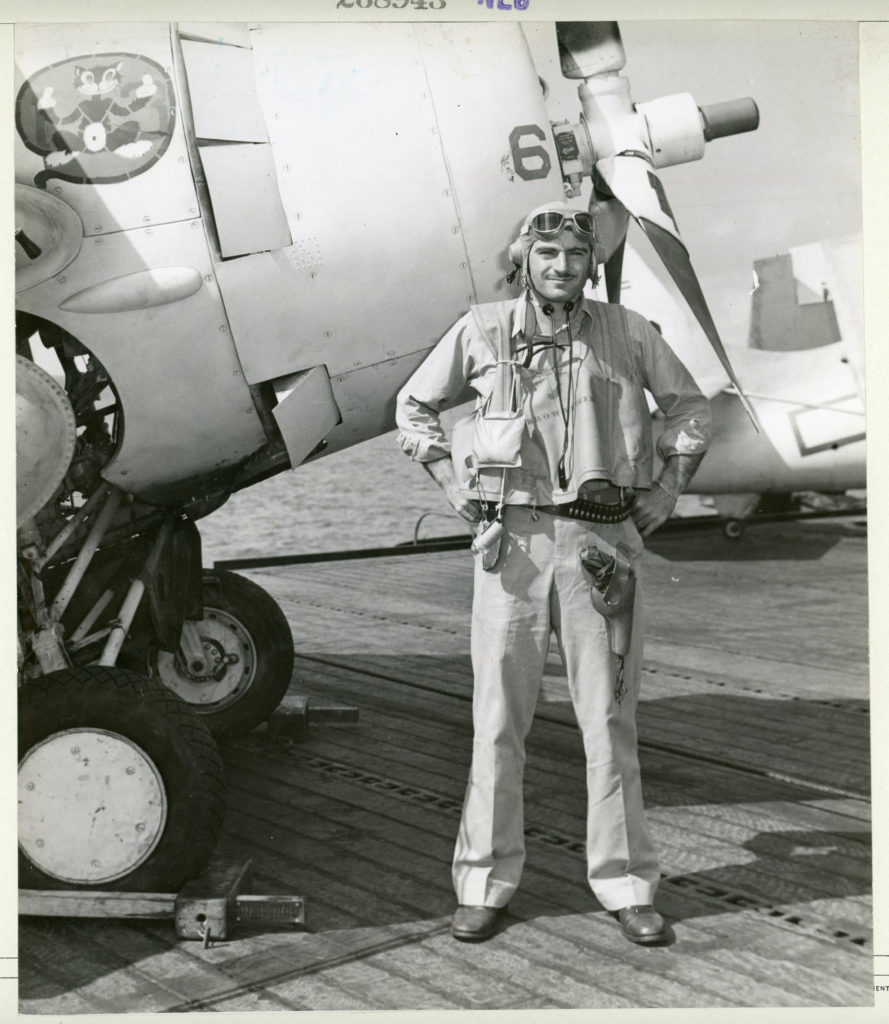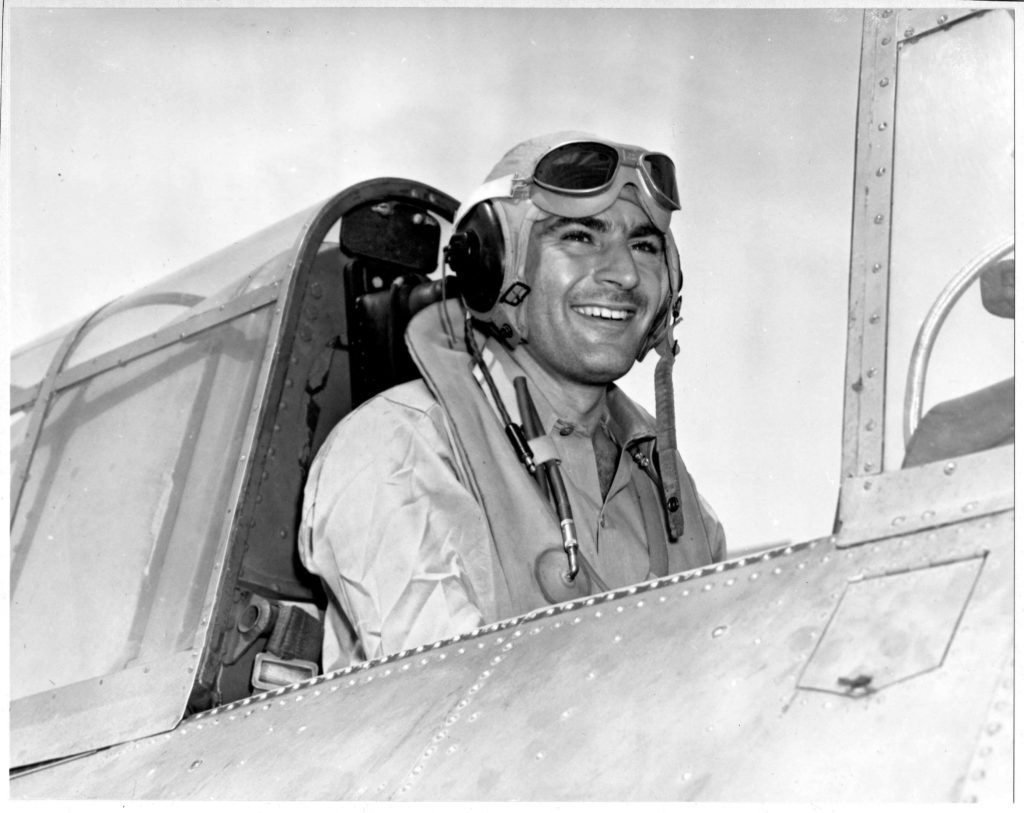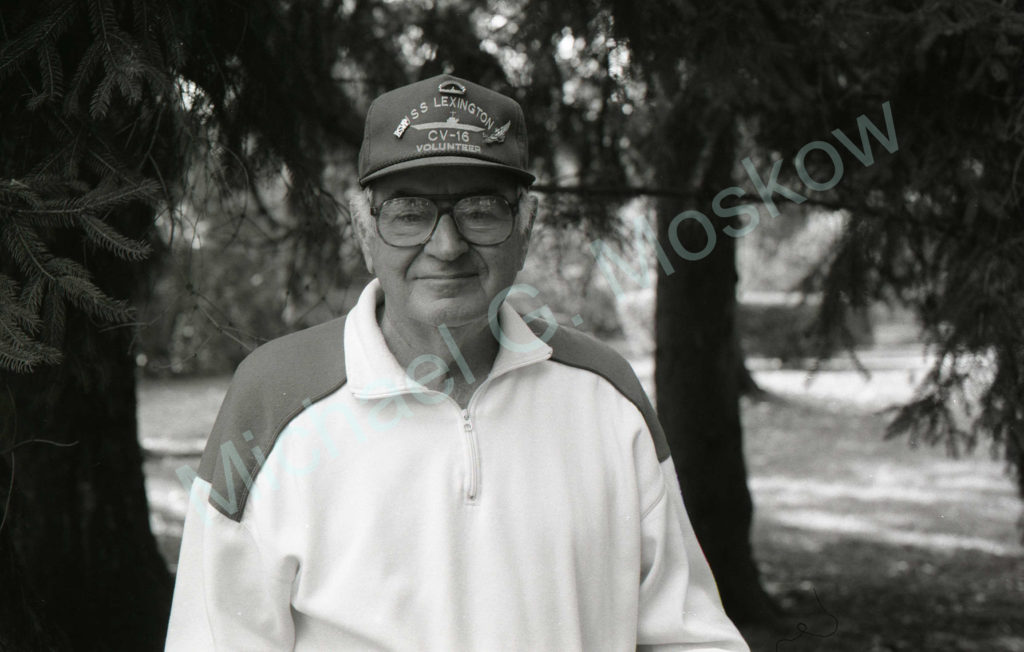Deprecated: Function get_magic_quotes_gpc() is deprecated in /home3/emc2ftl3/public_html/wp-includes/formatting.php on line 4365
The Past Within the Present ~ or ~ The Story of a Story
A cultural theme pervading the latter part of the twentieth century was the recognition of the accelerating scope and impact of electronic technology – manifested through networked computers – upon the availability, access, and ubiquity of “information”. In a popular vein, examples of this were evidenced by the publication of Scientific American’s 1995 Special Issue, “The Computer in the 21st Century”; Time’s Spring, 1995 Special Issue , “Welcome to Cyberspace”, and, The New Yorker’s October 1997 “Next” issue, which covered such topics as “The NEXT Space Odyssey”, “The NEXT Big Thinker”, “The NEXT Frontier”. In essence, the complimentary spheres of human endeavor – the intellectual and physical – whether embodied in the worlds of science, the military, economics, government, academia, and inevitably pop culture – were increasingly characterized and transformed by a transition from largely physical, “traditional” methods of information storage and retrieval, to the retention and near-instantaneous provision of text and images in electronic – “digital” – formats.
Depending on one’s priorities about the retention and preservation of information – ease of access, storage space, speed of replication, redundancy, physical survivability, and (inevitably) cost, all of which can be measured – arguments can be posited in favor of either physical or virtual information storage. But, maybe a there’s another factor for which – refreshingly! – metrics may be irrelevant: Luck. Which leads to the images in these two posts…
In Philadelphia, during the mid-1990s, I discovered that Drexel University’s Hagerty Library possessed a full “run” of The New York Times in 35mm microfilm format, commencing with its first issue, from September of 1851. Similarly, the University of Pennsylvania’s nearby Van Pelt Library possessed a “run” of The Philadelphia Inquirer, and, other periodicals in the same media. Having long been interested in the history of the Second World War, I knew I was “in luck”. Solid and profound luck, at that. The opportunity to access the Times and Inquirer gave me ready and immediate access to a deep and expansive trove of information about that conflict. Internationally, in terms of the breadth of military and political reporting. Culturally, as perceived and reported from the vantage of the New York and Philadelphia Metropolitan areas. Photographically, given the commonality and quality of images and artwork – whether news or advertisements – presented in these newspapers.
So, I began to peruse issues of the Times and Inquirer published between 1940 through 1946, to “see what I could see”, using the microfilm reader / printer machines at both universities. By nature and default, this was a purely visual review, done chronologically; roll by roll. An examination entirely independent of search strings, Boolean Operators, truncation (suffix or prefix!), the quantity of “hits”, or, the number of “likes”. These criteria were irrelevant, because, with the exception of the time period – with each microfilm storage box labeled with the time-frame of the film contained within – there was no other search criteria.
But, what about serendipity? What about simple, straightforward, chance?
That’s how, while reviewing the Times for January of 1944, I discovered the composite four-photo image you see below: A photographic sequence showing an F4F Wildcat carrier-borne fighter plane being ditched in the roiling waters of the North Atlantic Ocean, in October of 1943. These pictures were entirely new to me. From my earliest days of building model aircraft – particularly WW II military aircraft; especially 1/48 scale Fujimi, Hawk, Monogram, and Tamiya plastic models – my avid reading of Wings, Airpower, and occasionally Air Classics, and, all manner of books about WW II aviation – I’d never, ever seen these images before. And, I wanted to learn more about them.
The Times’ photo captions contained two clues: The pilot’s name – “Lieut. Julius R. Brownstein” and his wartime address – “Chicago”. In 1997, I was fortunate to locate, contact, meet and interview him (no longer quite a Lieutenant) “in person”, 54 years after the incident. I learned more about the ditching of his Wildcat; about his experiences as a naval aviator in VC-13; about his life in general. He generously shared his photographs and memorabilia, images of some of which accompany these postings. (That I located Mr. Brownstein via Switchboard.com does lend more than a little irony to this essay, but hopefully does not refute its main undercurrent! *Ahem.*)
I eventually found both the four images that comprised the item published in The New York Times, as well as five other images in the series that had remained unpublished, in the holdings of the United States National Archives at College Park, Maryland. These images are part of NARA’s Record Group 80 – “General Records of the Department of the Navy, 1798-1947”, and were reviewed and scanned in the Archives’ Still Picture Research Room.
Photographic portraits, the complete sequence of images of the ditching, and excerpts from an interview I conducted with Mr. Brownstein, appear in these three postings.
 The photographs, as published in The New York Times (and beyond…)
The photographs, as published in The New York Times (and beyond…)
Julius Brownstein’s account of the publication of the photographs.
Photographs of Julius Brownstein from the National Archives.
 “Lt. (jg) Brownstein on flight deck of the USS Core (CVE 13)”, by PhoM Montgomery, 30 August 1943. (NARA photo RG 80 G 268943 / CVE 13 / 358)
“Lt. (jg) Brownstein on flight deck of the USS Core (CVE 13)”, by PhoM Montgomery, 30 August 1943. (NARA photo RG 80 G 268943 / CVE 13 / 358)
 Julius Brownstein, seated in an F4F Wildcat. (NARA photo RG 80 G 299447)
Julius Brownstein, seated in an F4F Wildcat. (NARA photo RG 80 G 299447)
 Fifty-four years later: Julius R. Brownstein, veteran and civilian: October 5, 1997
Fifty-four years later: Julius R. Brownstein, veteran and civilian: October 5, 1997